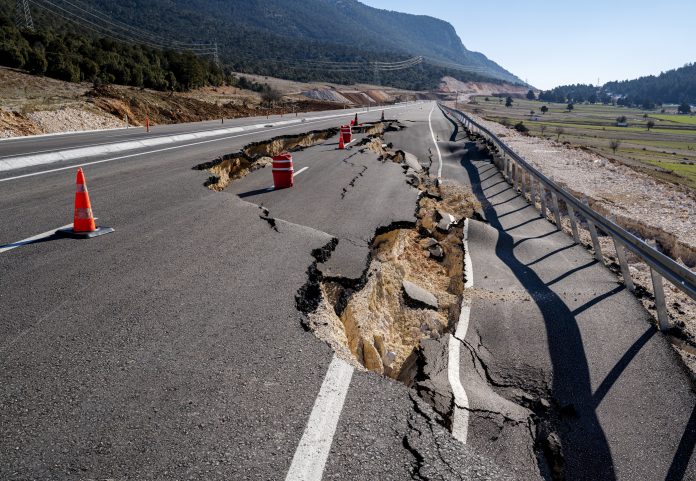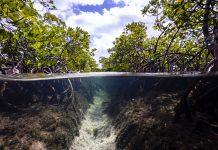2024 kicked off with a seismic jolt that highlighted the unpredictable yet fascinating nature of earthquakes
On New Year’s Day, Japan’s serene Noto Peninsula was rocked by a magnitude 7.5 earthquake, claiming over 280 lives and wreaking havoc on thousands of homes. What made this earthquake particularly significant was its unique mechanism, recently unveiled by a team of international researchers.
Led by UCLA’s associate professor Lingsen Meng, alongside graduate student Liuwei Xu and UC Santa Barbara’s Professor Chen Ji, the team delved deep into the seismic events preceding the January quake. Their findings, published in the prestigious journal Science, shed light on a rare phenomenon known as “dual-initiation.” This mechanism saw the earthquake originate nearly simultaneously from two distinct points on the fault line beneath the Noto Peninsula.
Dual-initiation
Imagine bending a pencil from both ends until it snaps in the middle, that’s similar to how this earthquake ruptured through what geologists call a “barrier” on the fault line. These barriers, or asperities, act like natural breaks that lock portions of the fault in place, absorbing energy and potentially preventing larger seismic events. However, under certain conditions, such as intense seismic swarms, the accumulated pressure can surpass the barrier’s holding capacity, resulting in a powerful release of energy—precisely what occurred on that fateful New Year’s Day.
The team’s breakthrough came from meticulous analysis of seismic data, GPS readings, and satellite imagery. By scrutinising the movements within the Earth during the seismic swarms preceding the earthquake, they identified a previously unknown barrier in the region. This discovery not only enhances our understanding of earthquake genesis but also improves seismic risk assessments and future forecasting.
Earthquake preparedness
Earthquakes with dual epicenters, like the one observed in Noto, pose a heightened risk of stronger shaking due to the intensified energy release.
This understanding prompts urgent considerations for future earthquake scenarios and underscores the complexity of seismic processes.
As technology advances and data resolution improves, there’s optimism among researchers that similar dual-initiation mechanisms may be more common than previously thought.
This insight could potentially revolutionise earthquake preparedness worldwide, offering a glimpse into a future where the devastating impacts of such natural disasters are mitigated through enhanced scientific understanding.











